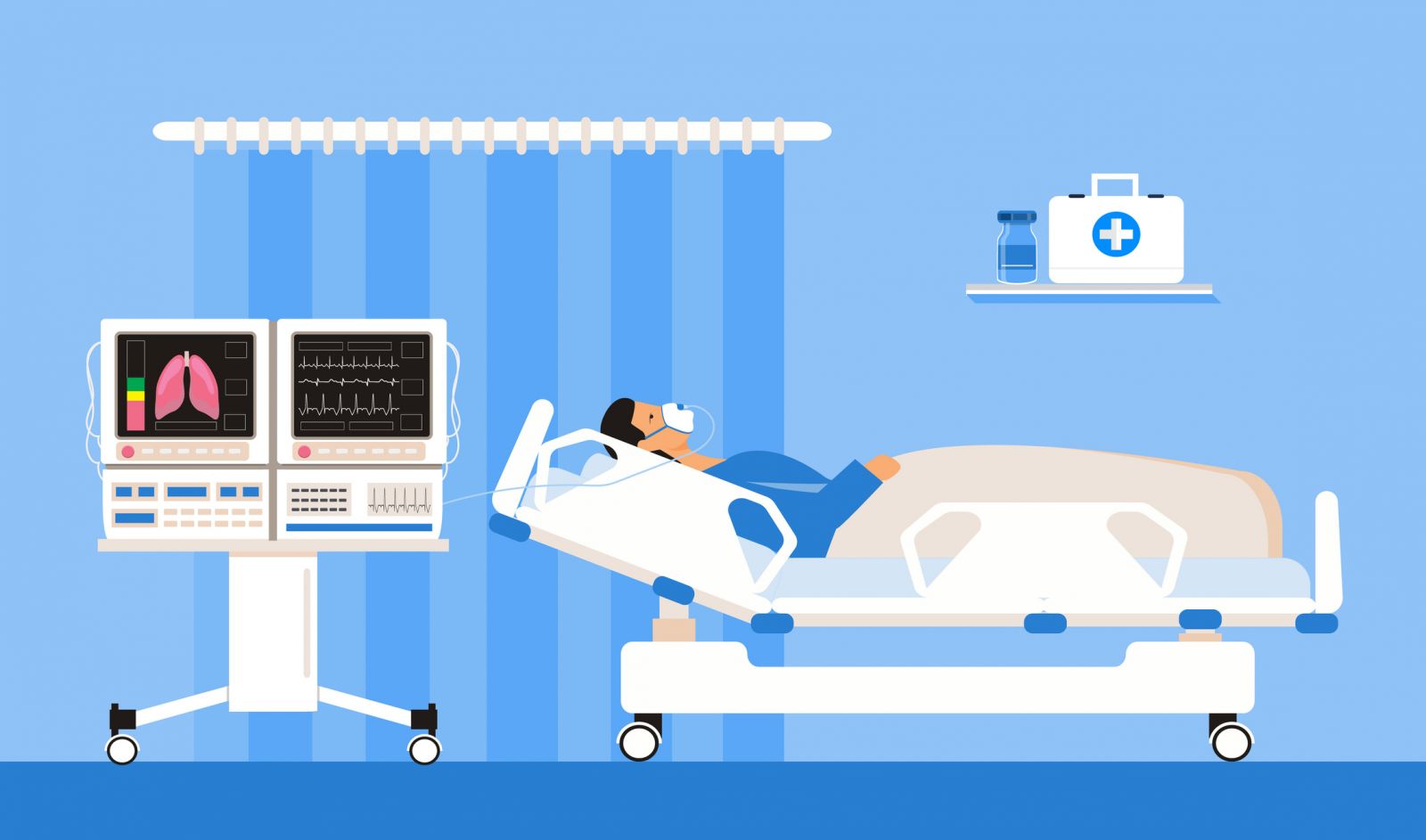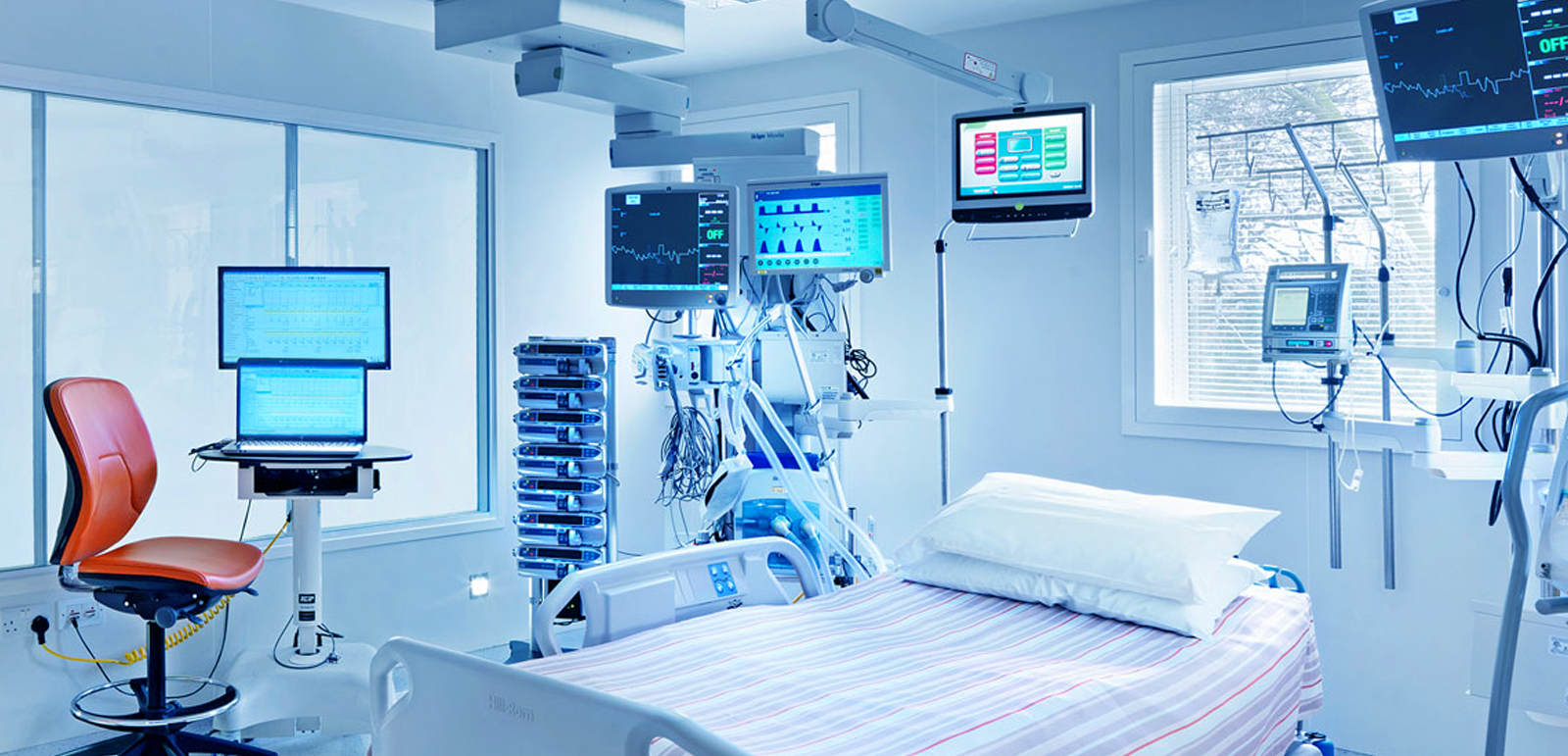
WHAT DO YOU NEED TO KNOW ABOUT THE INTENSIVE CARE UNIT?
1. Description of the Intensive Care Unit and Current Situation
Intensive care is an inpatient service area where the vital processes of critically ill patients are monitored and treated. Intensive Care Units, on the other hand, are the areas where advanced patient care infrastructure and advanced technological devices are available to implement these procedures. Teams of specialist doctors, well-equipped nurses, and healthcare professionals working in patient care work in intensive care units as well as in other departments of hospitals. In this way, it is possible to improve the general health status of patients by providing 24-hour professional life support.
2. Problems in the Intensive Care Unit
In the intensive care unit, data are collected from various devices and observations for the general condition and vital functions of the patient. However, examining the available data in depth can cause labor and time losses.
Considering the staff/patient ratio in the intensive care unit, an error-prone system emerges when processes are managed using paper forms.
This situation causes problems such as data losses, instant follow-up, time and cost losses, manual processing of data on the devices, and double work due to a lack of HIS integration. Accordingly, efficiency in intensive care processes decreases.
Although mobile devices have become widespread, it has been observed that these technologies are not sufficiently used in intensive care units. Since intensive care units are the units where patients need to be treated correctly and in a timely manner, access to instant patient status information is very critical for patient health. Since intensive care units are not fully digitalized, instant data analysis cannot be done properly. In this case, the lives of the patients are at great risk.
The fact that intensive care units do not keep up with current technologies will increase such problems.

3. The Impact of Problems in the Intensive Care Unit on Patients and Doctors
The inability to analyze the data accurately and in a timely manner complicates the treatment of critically ill patients and reduces the possibility of early intervention. Thanks to mobile technologies, healthcare professionals working in intensive care can facilitate patient care by having a quality internal communication opportunity. In addition, with mobile technologies, it is possible to intervene in the emergency situations of patients receiving treatment in a timely manner with instant alerts in order to reduce mortality rates.
The use of innovative digital solutions by intensive care units plays an important role in improving health services. Through new technologies, healthcare professionals can predict and diagnose patient problems, manage and share this information seamlessly.
4. What is Expected to Happen?
In fact, in order for intensive care units to be fully digitalized, not only the data coming from the devices, but also HIS, LIS, RIS integrations must be provided. When we include the data about the patient instantly into this integration, it can be transformed into a structure where clearer strategic decisions can be made. In addition, defined workflows and maintenance tasks can be analyzed faster and easier. In this way, more accurate cost and capacity planning can be done effectively.
Artificial intelligence, advanced algorithms, and predictive analytical data can be supported by decision support systems, helping clinicians make more accurate decisions and making it easier to deal with information overload.
We can collect huge amounts of data from electronic health records, monitoring systems, and treatments with today's technology. With these data, we can diagnose diseases more effectively, make accurate predictions about the course of the disease, better manage healthcare, and accelerate research and clinical development.
High-quality audio, video, and real-time patient updates enable information sharing. Advanced communication tools enable collaboration across all intensive care units.
The aim of the digitalization of intensive care units is to help with the early detection and treatment of patients with high vital risks in order to avoid preventable risks. Thanks to this technology, hospital costs and the workload of health professionals can be reduced. META4ICU product is one of the technologies that serve these purposes. We hope that all healthcare institutions can save the lives of more people by using up-to-date technologies.
